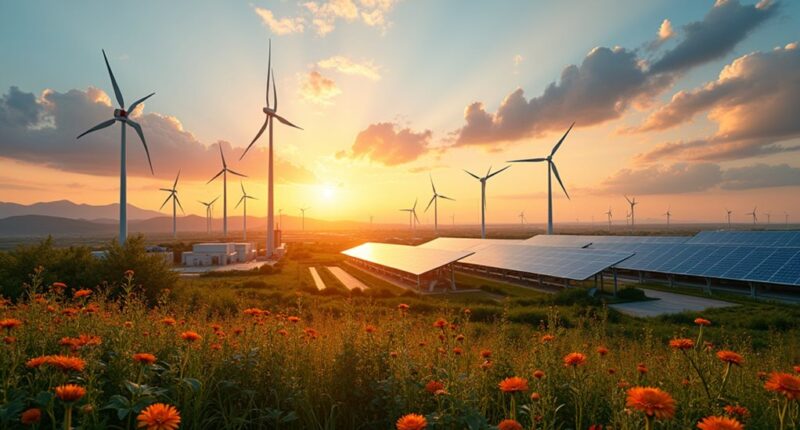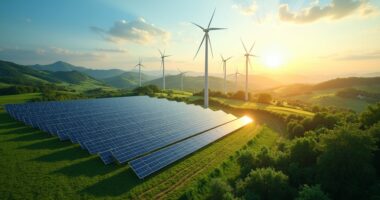As the world edges into 2025, the race to decarbonize has never been more exhilarating—think of it as the ultimate relay race, where the baton is a clean energy solution and everyone’s cheering for a faster, greener finish line.
The renewable energy sector has shown remarkable vigor, surging to a staggering 4,448 GW of capacity in 2024, marking a 15.1% annual growth. With solar and wind power providing nearly all new installations, the momentum is undeniable. Yet, achieving the ambitious target of 11.2 TW of renewable capacity by 2030 feels akin to running a marathon while juggling. Over 75,880 companies are actively participating in this decarbonization market, showcasing the widespread commitment to sustainable practices. Renewable electricity generation is expected to exceed 17,000 TWh by 2030, reflecting the urgency of this transition.
The renewable energy sector is racing ahead, hitting 4,448 GW in 2024—solar and wind power leading the charge toward a greener future!
The technological advancements fuelling this journey are equally impressive. Perovskite solar cells are strutting around boasting efficiencies over 25%, and green hydrogen plants are set to make a splash in 2025, promising a cleaner way to fuel industries.
Meanwhile, carbon capture and storage (CCS) is expanding rapidly—think of it as a vacuum cleaner for the atmosphere, tidying up our mess. Blockchain technology is even stepping in to help manage energy distribution, allowing neighbors to trade excess energy like kids trading baseball cards. The transition to these sustainable energy sources offers significant environmental advantages while reducing dependence on finite fossil fuel resources.
Investment in clean energy has hit a record $2 trillion in 2024, double that of fossil fuels. Companies are stepping up their decarbonization commitments, with 84% maintaining or increasing their efforts. However, the challenge of tackling Scope 3 emissions—those sneaky indirect emissions—remains a hot topic.
On the ground, the power sector is leading emissions reductions, while transportation is electrifying faster than one can say “charging station.” With industrial and building sectors also joining the green party, the future looks bright.
However, the need for updated grid infrastructure and overcoming supply chain challenges are hurdles that must be cleared. Emerging markets stand as untapped gold mines for clean energy, offering immense opportunities for growth.
As we sprint toward 2025, the excitement is palpable—like a final lap at the Olympics, with everyone cheering for a sustainable victory.









